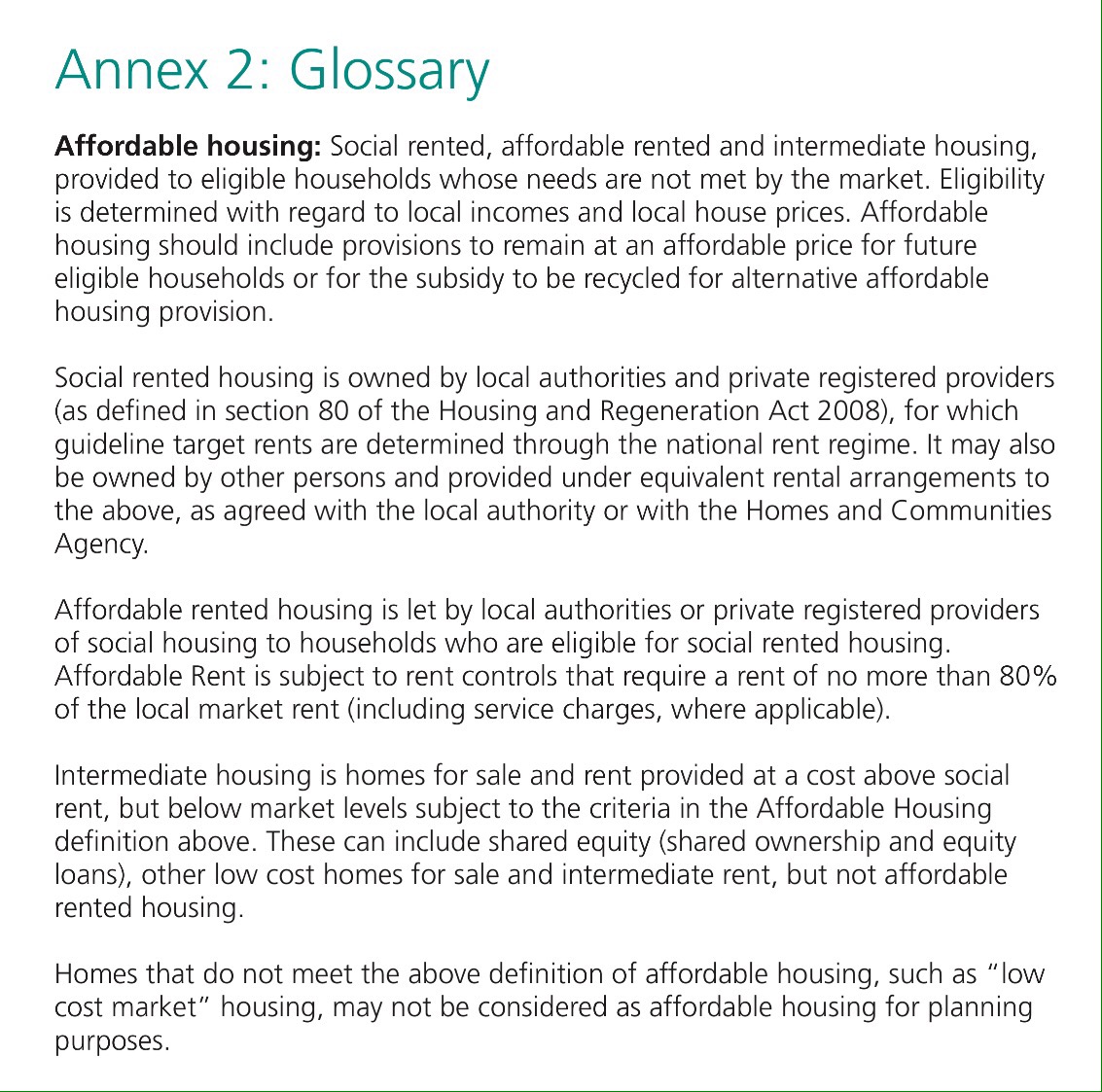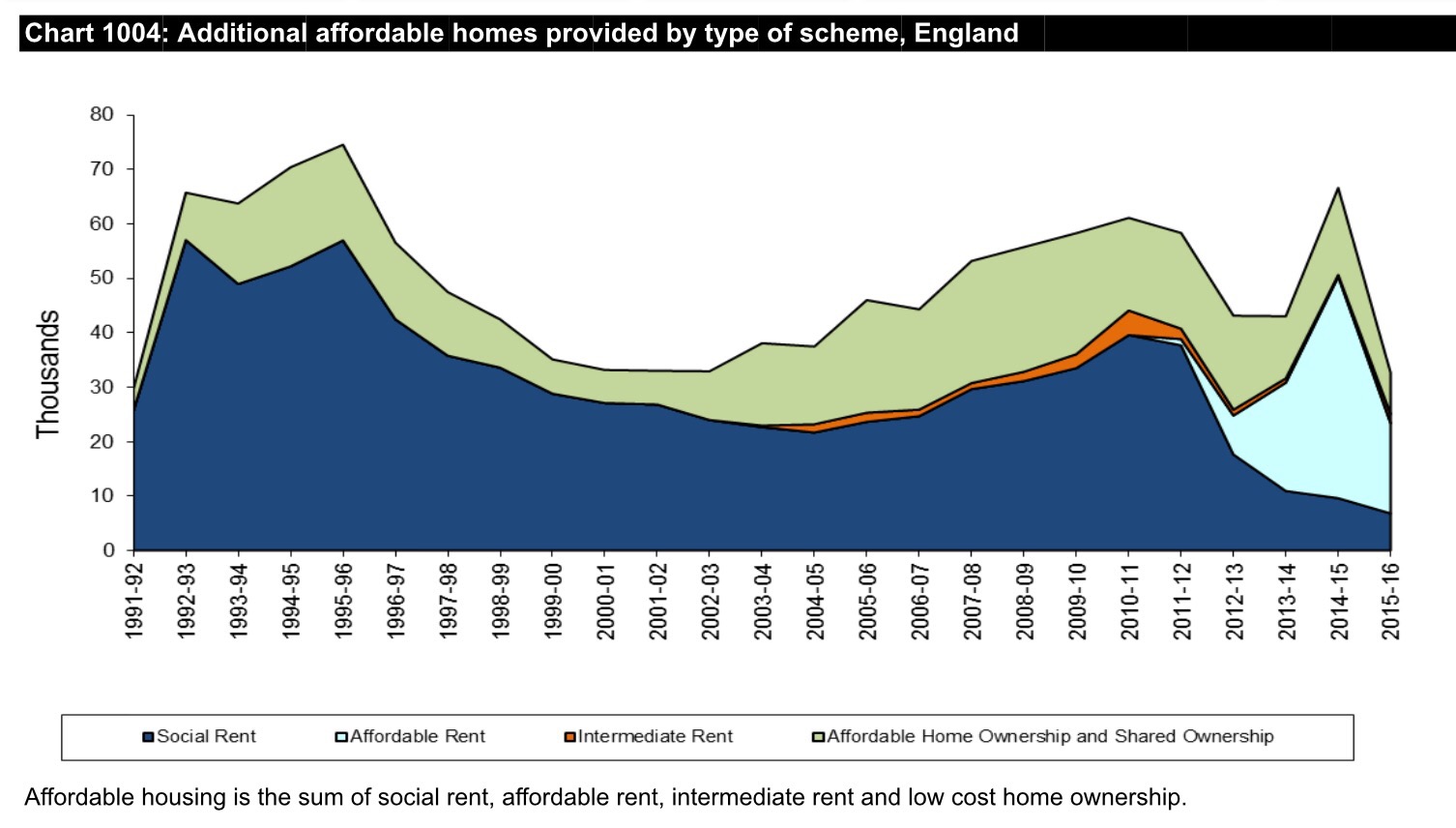Still don’t know what I was waiting for
And my time was running wild, a million dead-end streets and
Every time I thought I’d got it made
It seemed the taste was not so sweet
I have said plenty already on the longer term changes proposed by the Government in its Planning for the future white paper (consultation responses deadline 29 October 2020). So I turned myself to face the shorter term proposals set out in Changes to the current planning system: Consultation on changes to planning policy and regulations (consultation responses deadline 1 October 2020). ChangesOne and ChangesTwo respectively perhaps.
The ChangesTwo tracklist:
“• changes to the standard method for assessing local housing need, which as well as being a proposal to change guidance in the short term has relevance to proposals for land supply reforms set out in Planning for the Future;
• securing of First Homes, sold at a discount to market price for first time buyers, including key workers, through developer contributions in the short term until the transition to a new system;
• temporarily lifting the small sites threshold below which developers do not need to contribute to affordable housing, to up to 40 or 50 units to support SME builders as the economy recovers from the impact of Covid-19;
• extending the current Permission in Principle to major development so landowners and developers now have a fast route to secure the principle of development for housing on sites without having to work up detailed plans first.”
Kings Chambers’ Constanze Bell hosted a good discussion on the proposals in a 28 August podcast with a panel comprising (Diana Richardson, Gladman), Paul Bedwell (Pegasus), Martin Carter (Kings Chambers) and Jonathan Easton (Kings Chambers).
Changes to the standard method
The Government “proposes a revised standard method for calculating local housing need which will be used as the basis for plans created prior to any changes outlined in Planning for the Future being introduced.”
There will be two steps:
Step 1 – the “baseline for the standard method should be whichever is the higher of 0.5% of existing housing stock in each local authority OR the latest projected average annual household growth over a 10-year period”
“The household projections element of the baseline will use the latest ONS national household growth projections for the local authority area (Principal projection, table 406). The projected average annual household growth over a 10-year period (10 consecutive years, with the current year being used as the starting point from which to calculate growth over that period) will be used.”
Step 2 – “We propose the standard method will include two adjustments to the baseline using the workplace-based median house price to median earnings ratio. Initially it is proposed that the ratio for the most recent year for which data is available in order to address current affordability of homes would be used. Then how affordability has changed over the last 10 years of published data would be incorporated, using that same statistic.”
Precise formula:

The Government proposes the following transitional arrangements: “from the publication date of the revised guidance, authorities which are already at the second stage of the strategic plan consultation process (Regulation 19) are given 6 months to submit their plan to the Planning Inspectorate for examination. Authorities close to publishing their second stage consultation (Regulation 19), should be given 3 months from the publication date of the revised guidance to publish their Regulation 19 plan and a further 6 months to submit their plan to the Planning Inspectorate.”
For a detailed analysis of the implications of the new formula see e.g. Lichfields’ blog post Setting a higher standard – a new method for assessing housing needs. (Bethan Haynes, 7 August 2020).
In theory, the new formula could be with us very quickly: “Following the outcome of this consultation, the Government will update the planning practice guidance with the revised standard method for assessing local housing need.”
Or could it? There can of course be no “correct” methodology – it’s all political choices as to which factors are considered to be most relevant, standardised into a formula that may or may not work as intended – and there has already a strong backlash from various quarters, for instance Conservative MP for Harborough, Neil O’Brien, The next algorithm disaster – coming to a Conservative constituency near you. This time, it’s housing growth. (ConservativeHome, 24 August 2020), from Chris Young QC and others A Standard Method That Works For The North (LinkedIn post 22 August 2020), and Planning algorithm may destroy suburbia, Tory MPs warn Boris Johnson (Times, 29 August 2020). Press speculation that the Government is already re-thinking is hopefully wide of the mark given that the consultation process hasn’t yet closed and therefore minds must in law remain open, but are we going to see yet another fudged outcome?
First Homes
I summarised the First Homes idea in my 29 February 2020 blog post Starter Homes Were A Non Starter – What Future For First Homes?
Basically they are intended to be a “for sale” product for first time buyers and other qualifying groups, sold at a 30% discount to market value, which must be maintained on re-sale. At that point the Government was consulting on the detail.
This is what it has concluded, subject to this further consultation:
⁃ “a minimum of 25 per cent of all affordable housing units secured through developer contributions should be First Homes. This will be a national threshold, set out in planning policy.”
⁃ “The Government proposes that, under the new system, a policy compliant planning application should seek to capture the same amount of value as would be captured under the local authority’s up-to-date published policy. For instance, a local policy may require 20% affordable housing on site, half of which is shared ownership, and half of which is social rent. The plan viability assessment will set out assumptions on the amount of value captured – for example, a social rent home may be discounted by 50% from market price, and a shared ownership home may be discounted by 20%. This allows the total value captured under the policy to be calculated. This value can then be reallocated to a different affordable housing mix under the new policy.”
⁃ “For the remaining 75% of affordable housing secured through developer contributions, there are two broad options:
• “Option 1: Where a local authority has a policy on affordable housing tenure mix, that policy should be followed, but with First Homes delivering a minimum of 25% of the affordable housing products…”
• “Option 2: A local authority and developer can negotiate the tenure mix for the remaining 75% of units.”
It will be open to authorities to require in their local plans that the discount be 40% or 50% rather than 30% but they will not be able to water down the requirement that 25% of the affordable homes to be provided on site must be First Homes.
Again, the proposal could be with us quickly, initially in the the form of “planning policy changes” (Planning Practice Guidance? NPPF changes? Written ministerial statement?):
“We intend to begin by making planning policy changes, to ensure that clear expectations are set. However, to ensure that First Homes are delivered, nationwide, on a consistent basis, we are keeping under consideration the option to strengthen the policy through primary legislation at a future date. We also intend to introduce an exemption from the Community Infrastructure Levy for First Homes, to enable delivery prior to wider developer contribution reform. This would require changes to regulations. Lastly, we are also considering significant reforms to the system of developer contributions. We will ensure that First Homes will continue to be delivered under a reformed approach”
However, it seems from the transactional arrangements set out below that the requirement will not immediately take full effect:
56. We recognise that local authorities may need to review the tenure mix for the remainder of the affordable housing that they are seeking to secure. Where local authorities choose to update their tenure mix to reflect this policy, they can do this through a local plan review, although we believe that prioritising the replacement of home-ownership tenures by First Homes will reduce the need for this.
57. We also recognise that there will be a number of local plans and neighbourhood plans that have been prepared based on the existing National Planning Policy Framework and that have reached more advanced stages of the plan-making process. Therefore, local plans and neighbourhood plans that are submitted for Examination within 6 months of this new policy being enacted will not need to reflect the First Homes policy requirements.
58. We also recognise that many developers will have been preparing planning applications under different assumptions. Where significant work has already been undertaken to progress a planning application, including where there has been significant pre-engagement with a local authority on the basis of a different tenure mix of affordable housing, the local authority should have flexibility to accept alternative tenure mixes, although they should consider whether First Homes could be easily substituted for another tenure, either at 25% or a lower proportion.”
Lifting the small sites threshold for SME builders
This could have a significant effect on development. In London, for instance, it will have big repercussions.
“We are proposing to raise the small sites threshold to up to either 40 or 50 new homes through changes to national planning policy and are seeking views on the most appropriate level. These thresholds balance the aim of supporting SMEs with the need to deliver new affordable homes. This will be for an initial period of 18 months in which we will monitor the impact of the raised threshold on the sector before reviewing the approach.”
“ In designated rural areas, we … propose to maintain the current threshold.”
The current threshold is 10 new homes, or site area of 0.5 hectares. The site area threshold will be increased “at the same proportion”, so presumably to 2 or 2.5 hectares (although should in fact the site area increase be less, to reflect likely density of development?).
Again the proposal could be in effect quickly:
“Following the consultation, a decision will be taken on whether to proceed with this approach. If it is taken forward, this could be through the introduction of a Written Ministerial Statement in the Autumn.”
If you are an SME developer with a scheme which may qualify, might it be worth your while seeing how this pans out? Of course it will not be straightforward – we are likely to see some local planning authorities seeking understandably to continue to rely on adopted local plan requirements for affordable housing, choosing to apply less weight to the written ministerial statement, and therefore the potential need to appeal.
Presumably the Government is hoping to see significant take-up, meaning inevitably less affordable housing. That would seem to be a politically-charged trade-off but may in reality simply leapfrog what would otherwise have been a viability process outcome in many instances.
Extending permission in principle
I summarised the current permission in principle regime in my 1 April 2017 blog post Great Expectations: Pip & The Brownfield Land Registers. The Town and Country Planning (Permission in Principle) (Amendment) Order 2017 subsequently set out the procedure for applying for PiPs. Lichfields’ 2 January 2018 blog post Take a chance on me: what we know about permission in principle on application is another good summary.
Local planning authorities are currently required to maintain brownfield land registers, in two parts.
– Part 1: previously developed land with an area of at least 0.25 hectares that is suitable and available for residential development and where residential development is achievable (all defined terms).
– Part 2: land in Part 1 where the local planning authority has exercised its discretion to enter the land in Part 2 and has decided to allocate the land for residential development having followed defined publicity, notification and consultation procedures.
If your land is on Part 1 of the register you can currently apply for permission in principle for minor development (basically less than ten dwellings). If your land is on Part 2 of the register you already have permission in principle for the development set out in the register (which must not be large enough to require environmental impact assessment.
There is a further procedure in the Housing and Planning Act 2016, but not yet brought into effect, for automatic permission in principle to stem from allocation in defined categories of statutory development plans rather than just from designation on a brownfield land register.
The Government now proposes “to remove the restriction in the current Permission in Principle regulations on major development”. Although the paper is not specific, this must surely simply mean that permission in principle would now be able to be applied for in relation to major development (although still not development such as to require environmental impact assessment so, unless a negative screening opinion has been obtained, capped at 150 dwellings/5 hectares), as long as the site is on Part 1 of a local planning authority’s brownfield land register.
The paper proposes that there be no cap on the amount of commercial development proposed, although the scheme will need to be “residential-led”. The procedure is quicker than the outline planning application procedure (five weeks determination period, 14 days deadline for responses from statutory consultees).
There is not proposed to be any increase in the information requirements that currently apply to PiP applications for minor development. “However, we would be interested in whether, given the larger scale of development, there should be an additional maximum height threshold parameter, in terms of number of storeys, as part of the Permission in Principle. This would provide greater clarity to the applicant and local planning authority about the scale of housing development that is acceptable for the site, particularly in high density urban areas. Conversely, the inclusion of a maximum height parameter would add further complexity to the determination of Permission in Principle as it starts to bring in design considerations, and may in practice lead to greater confusion – for instance, a high height threshold may only be acceptable for part of the site given the impact on neighbouring dwellings.”
The Government is proposing to adjust the application fee regime to increase the cost saving in comparison with a traditional application for outline planning permission.
This all certainly gives additional focus to brownfield land registers (which I last looked at in my 5 January 2018 blog post Brownfield Land Registers: A Bit Of Progress). If you have land that is on Part 1 of a brownfield land register, it will certainly be a procedural route to consider.
Again, we could see the proposal come into effect relatively quickly. “Following this consultation, if we introduce Permission in Principle by application for major development, we aim to introduce amending regulations this Autumn, with the regulations expected to come into force by the end of the calendar year. Changes to the fee structure would require separate changes to the Planning Fees Regulations.”
Of course, this will also be a useful test as to how well permission in principle can be made to work in practice, ahead of the Government’s more ambitious proposals the subject of ChangesOne (and my 7 August 2020 blog post For The Future).
(Turn and face the strange)
Ch-ch-changes
Simon Ricketts, 29 August 2020
Personal views, et cetera













